Bioluminescent stars flash across the night landscape these July nights. Fireflies or lightning bugs provide a source of wonder for many of us living in the eastern half U.S. and Canada. Did you know dark skies may be as important to them as they are to you and I?
To stoke their yellow-green fires, the bugs – they’re really beetles – cook up light through a series of chemical reactions within their abdomens.
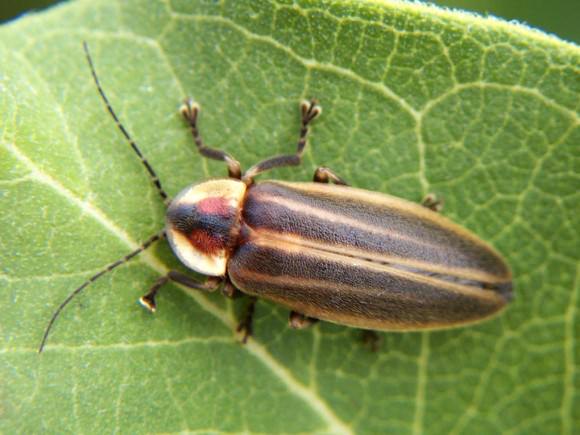
Oxygen from the air combines with a chemical fittingly named luciferin. Luciferin next hooks up with the energy molecule ATP to form another molecule that when combined with oxygen yields a flash of green, yellow or amber light, depending upon the firefly species.
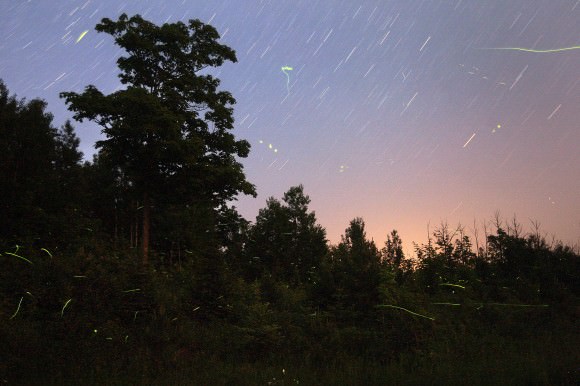
The males perform the flash-dance moves, wiggling and zigging about to attract the females, who typically remain on the ground hidden among blades of grass. Each species has its own flashing pattern. When a female finds a male’s flashes suitably alluring, she winks a flash back. Back and forth communications soon bring the two together to make more fireflies.
Firefly light emits no heat, making it one of the most efficient light sources known. A standard incandescent light bulb converts electricity into 10% light and the rest as heat; fireflies transform 100% of their chemical energy into light. These insects do not waste photons.
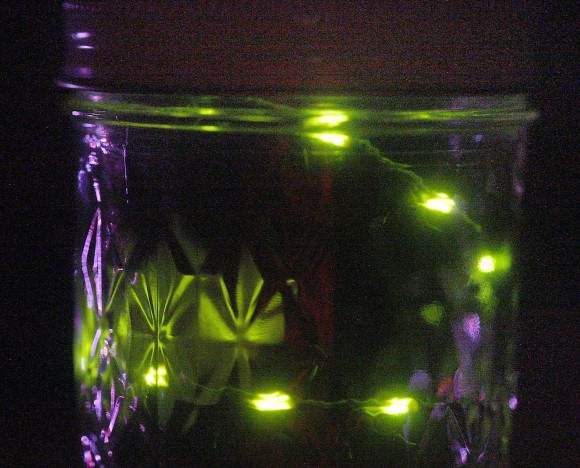
Every night I’m out under the July stars at least one firefly manages to land within the telescope tube and create a surprise supernova. If I inadvertently switch my LED flashlight on and off at the right rate, more than a few of them will land right on top of the device in a futile attempt to mate.

One thing fireflies and skywatchers have in common is love of the night. To appreciate the twinkling heavens, we either escape to the countryside or do our best to contend with the lights in town. Firefly numbers are declining across the U.S. and the world, and though no one’s certain yet why, there’s both anecdotal and scientific evidence suggesting that loss of habitat and light pollution are to blame.

Urban sprawl has comprised the habitats of many wild creatures not just fireflies. Sprawl also brings increased lighting, much of it poorly shielded and on all night. Fireflies avoid heavily lit areas for obvious reasons – light pollution interferes with their ability to see each others’ flashes. Even car headlights can throw them off rhythm. According to a 2008 story in the Boston Globe, controlled experiments have shown that brighter lighting levels cause fireflies to mate less often.
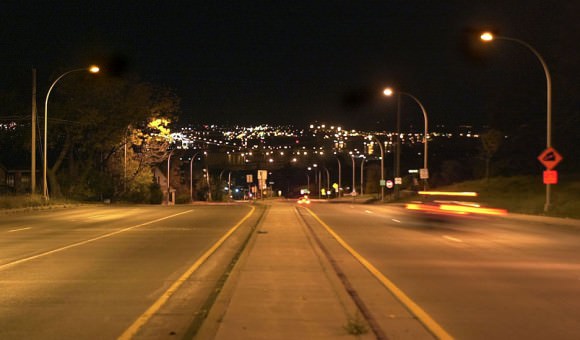
We all can help ensure our favorite bioluminescent buddies remain around for a long time. Turning off your own yard light not only helps you to see more stars but makes it easier for fireflies to find their mates. If you absolutely need illumination, consider one of these efficient shielded light fixtures that puts light where you want it while eliminating the glare that frustrates fireflies and stargazers alike. To learn more about good lighting and keeping the sky dark, check out the International Dark Sky Association.

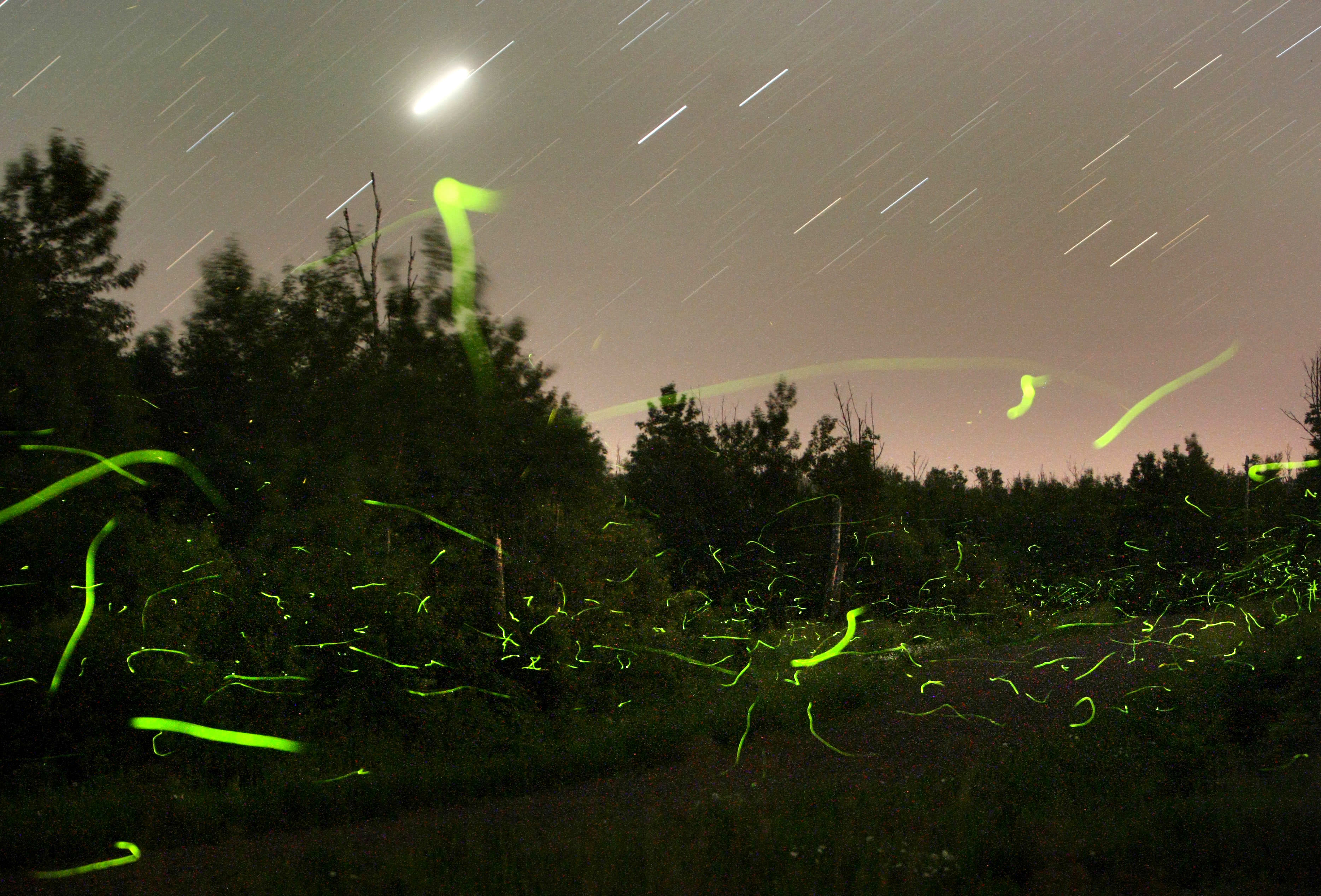
Great information! I never knew they did not give off heat. I remember a teacher in 5th grade telling us fireflies can only flash so many times per hour or they will burn up. Little did she know! If we could harness the fireflies light source without using any energy. The positive implications would be astronomical.
Thanks Planemo! They’re amazing creatures. Perhaps someday we’ll be able to utilize their efficient lights to build simple, portable energy-efficient chemical lights.
Your so welcome ;-). Your never too old to learn. And yes, perhaps someday hopefully we will be able to apply it.